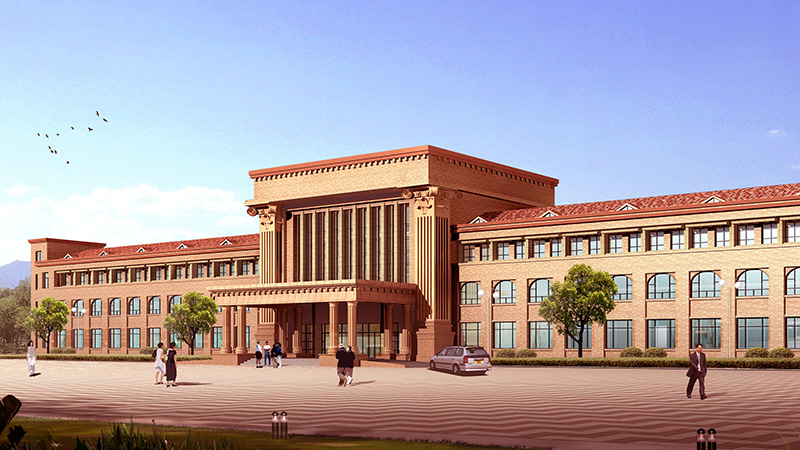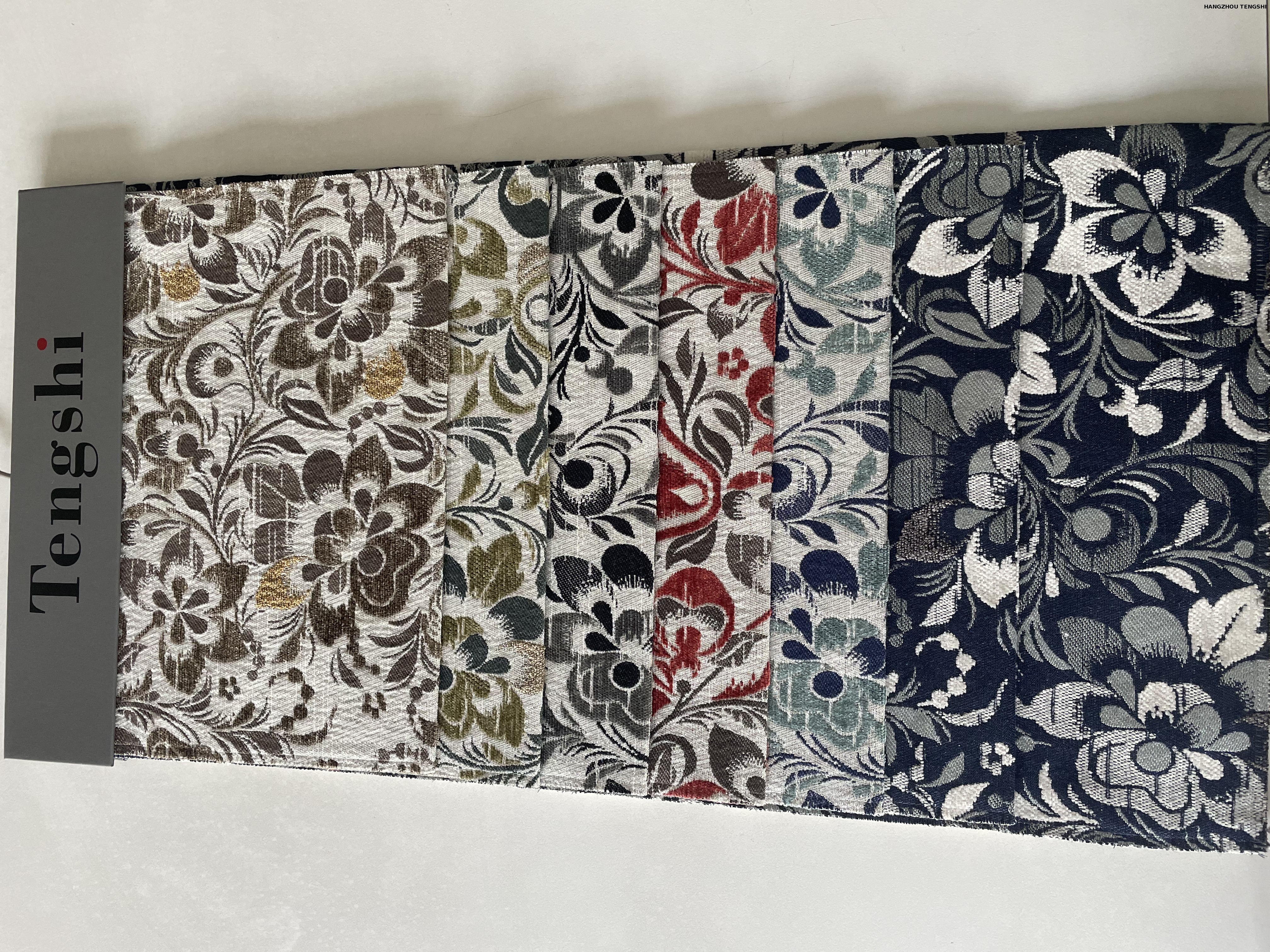close
Choose Your Site
Global
Social Media


| Availability: | |
|---|---|
| Quantity: | |
HT951B
TENGSHI
| Item: | HT951B |
| Composition: | 30%Rayon 70% Polyester |
| Width: | 56/57" (142cm) |
| Weight (g/m2): | 500gsm |
| Knitting Technics | Woven |
| Dye Method | Yarn Dye |
| Usage | Furniture,Sofa, Chair, Textile,Curtain |
Selecting the appropriate blackout curtain fabric involves considering several factors, including the specific needs of the space, aesthetic preferences, and maintenance requirements.
The primary purpose of blackout curtains is to block light effectively. Fabrics with tighter weaves and darker colors generally offer better light-blocking capabilities. For complete darkness, consider curtains with triple-weave technology or added linings. The fabric is an excellent example of a fabric designed for maximum light obstruction.
In addition to blocking light, blackout curtains can provide thermal insulation and noise reduction. Fabrics that are thicker or incorporate insulating linings help maintain indoor temperatures by reducing heat loss in winter and heat gain in summer. This feature is particularly valuable in energy-efficient building design. Acoustic insulation is an added benefit, especially in urban areas with high noise levels.
The fabric's texture, color, and pattern play crucial roles in how blackout curtains complement interior decor. Materials like velvet and jacquard offer rich textures and can act as statement pieces in a room. Lighter fabrics with a blackout lining provide a softer look while still offering functional benefits. It is important to balance functionality with aesthetics to achieve the desired ambiance.




| Item: | HT951B |
| Composition: | 30%Rayon 70% Polyester |
| Width: | 56/57" (142cm) |
| Weight (g/m2): | 500gsm |
| Knitting Technics | Woven |
| Dye Method | Yarn Dye |
| Usage | Furniture,Sofa, Chair, Textile,Curtain |
Selecting the appropriate blackout curtain fabric involves considering several factors, including the specific needs of the space, aesthetic preferences, and maintenance requirements.
The primary purpose of blackout curtains is to block light effectively. Fabrics with tighter weaves and darker colors generally offer better light-blocking capabilities. For complete darkness, consider curtains with triple-weave technology or added linings. The fabric is an excellent example of a fabric designed for maximum light obstruction.
In addition to blocking light, blackout curtains can provide thermal insulation and noise reduction. Fabrics that are thicker or incorporate insulating linings help maintain indoor temperatures by reducing heat loss in winter and heat gain in summer. This feature is particularly valuable in energy-efficient building design. Acoustic insulation is an added benefit, especially in urban areas with high noise levels.
The fabric's texture, color, and pattern play crucial roles in how blackout curtains complement interior decor. Materials like velvet and jacquard offer rich textures and can act as statement pieces in a room. Lighter fabrics with a blackout lining provide a softer look while still offering functional benefits. It is important to balance functionality with aesthetics to achieve the desired ambiance.



